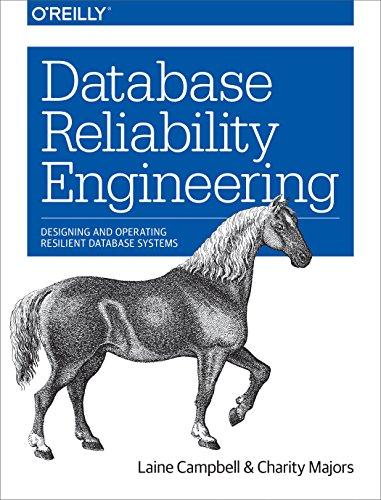Answered step by step
Verified Expert Solution
Question
1 Approved Answer
Define the CPU Architecture: Choose an 1 9 - bit architecture ( Instruction size will be 1 9 - bit ) . Define a specialized
Define the CPU Architecture:
Choose an bit architecture Instruction size will be bit
Define a specialized instruction set tailored to a specific application or set of applications eg signal processing, cryptography
Create a detailed architectural specification, including pipeline stages, register file, ALU, and memory interfaces.
You can use VerilogVHDLsystemverilog and yes, publish on your own github keep it public You can add some extra instructions as well, based on your convenience.
Arithmetic Instructions
n registers r and r and store the result in r
Operation: r r r
SUB r r r
Description: Subtract the value in register r from the value in register r and store the result in r
Operation: r r r
MUL r r r
Description: Multiply the values in registers r and r and store the result in r
Operation: r r r
DIV r r r
Description: Divide the value in register r by the value in register r and store the result in r
Operation: r r r
INC r
Description: Increment the value in register r by
Operation: r r
DEC r
Description: Decrement the value in register r by
Operation: r r
Logical Instructions
AND r r r
Description: Perform a bitwise AND on the values in registers r and r and store the result in r
Operation: r r & r
OR r r r
Description: Perform a bitwise OR on the values in registers r and r and store the result in r
Operation: r r r
XOR r r r
Description: Perform a bitwise XOR on the values in registers r and r and store the result in r
Operation: r r r
NOT r r
Description: Perform a bitwise NOT on the value in register r and store the result in r
Operation: r ~r
Control Flow Instructions
JMP addr
Description: Jump to the specified address.
Operation: PC addr
BEQ r r addr
Description: Branch to the specified address if the values in registers r and r are equal.
Operation: if r r PC addr
BNE r r addr
Description: Branch to the specified address if the values in registers r and r are not equal.
Operation: if r r PC addr
CALL addr
Description: Call a subroutine at the specified address.
Operation: stackSP PC ; SP SP ; PC addr
RET
Description: Return from a subroutine.
Operation: SP SP ; PC stackSP
Memory Access Instructions
LD r addr
Description: Load the value from the specified memory address into register r
Operation: r memoryaddr
ST addr, r
Description: Store the value in register r to the specified memory address.
Operation: memoryaddr r
Custom Instructions for specialized applications
FFT r r
Description: Perform a Fast Fourier Transform on the data starting at address r and store the result in the location pointed to by r
Operation: FFTmemoryr result; memoryr result
ENC r r
Description: Encrypt the data starting at address r using a predefined encryption algorithm, and store the result in the location pointed to by r
Operation: encrypteddata Encryptmemoryr; memoryr encrypteddata
DEC r r
Description: Decrypt the data starting at address r using a predefined decryption algorithm, and store the result in the location pointed to by r
Operation: decrypteddata Decryptmemoryr; memoryr decrypteddata
Step by Step Solution
There are 3 Steps involved in it
Step: 1

Get Instant Access to Expert-Tailored Solutions
See step-by-step solutions with expert insights and AI powered tools for academic success
Step: 2

Step: 3

Ace Your Homework with AI
Get the answers you need in no time with our AI-driven, step-by-step assistance
Get Started


